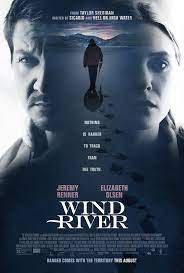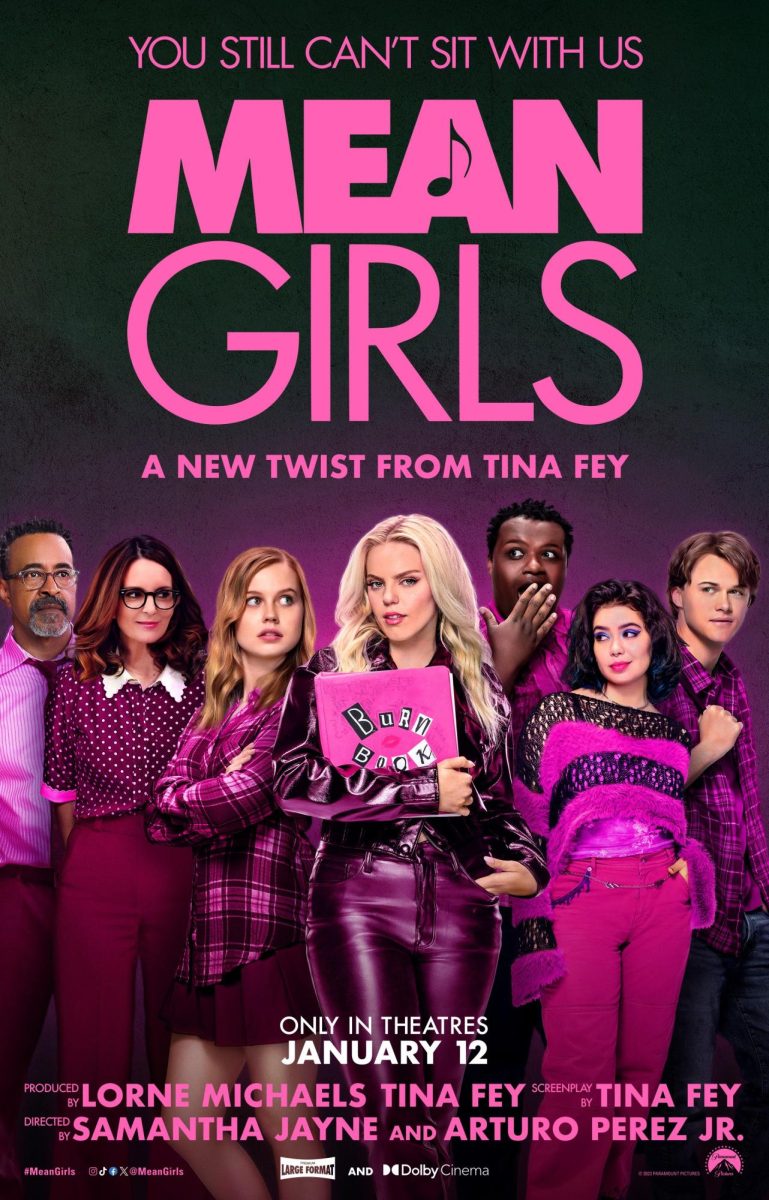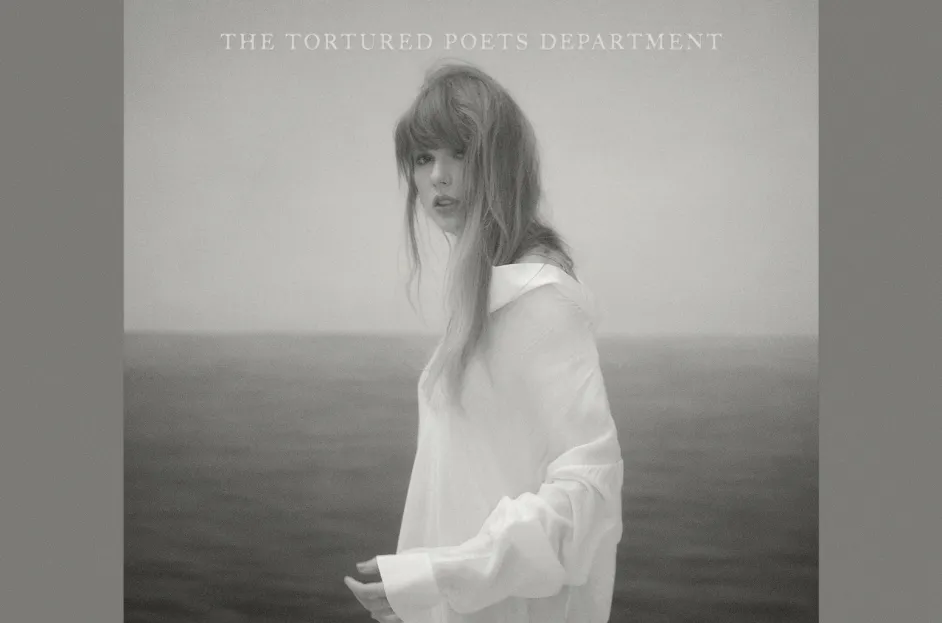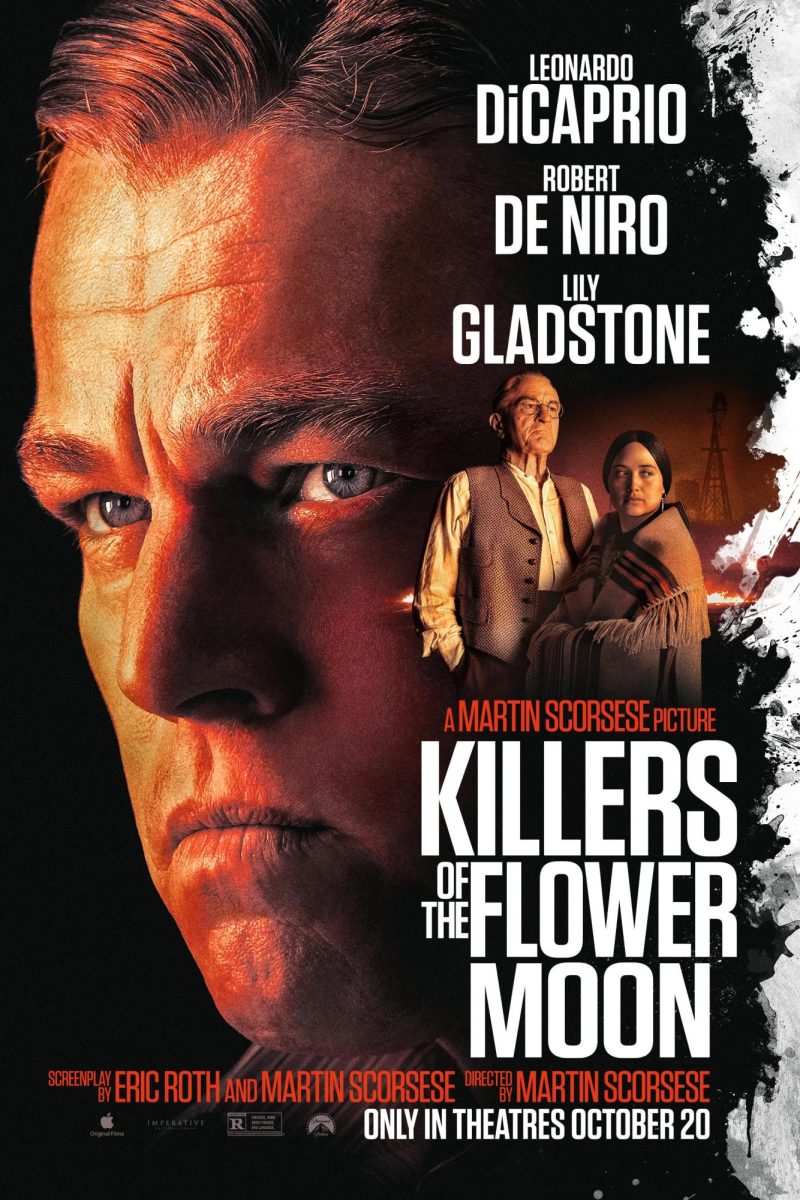The films that are listed below are movies that demonstrate how filmmakers are able to push the boundaries of filmmaking to create new and innovative methods of storytelling. All are revolutionary in their own right and all echo a larger message regarding the world around us. Whether that be free will in American beauty, the treatment of indigenous in Wind River, or existentialism in Annihilation. I hope these reviews will allow you to take a glimpse of the transformative power that cinema possesses.
American Beauty
Personal consensus: Impeccability written and a stunning debut from director Sam Mendes, American Beauty weaves a talented cast with wicked-smart ideas to create the pinnacle of 90’s cinema.
American Beauty receives the rare distinction of being a movie that film students study when learning how to create a perfect drama. Part of the reason why is because the late 80’s to 90’s were filled with movies that began to transcend the label of being entertainment into an unique art form. From the mastery of Tarinino Opus Magnum, Pulp Fiction, to the meta- awareness of Scream. Movies during this time began to experiment beyond the simple narrative driven, big set pieces, stories of the 50’s, 60’s, and to some extent, the 70’s. That experimentation is a big reason why the late 80’s and 90’s are my favorite years of cinema history as action movies such as Jason Bourne and Mission Impossible haven’t hit the scene yet, and superhero movies were at the time a niche genre. As a result many of the movies that were released were standalone movies that were unique from one another. Big budget movies from major studios still felt like independent movies with their quirky style and storylines that were being told by some of the most celebrated directors of American history. This was also the era where pop-culture became ingrained in the American lifestyle, enabling a sort of meta-analysis of American culture.
That examination of American culture is what gave Sam Mendes the idea for American Beauty. The story of American Beauty follows an American family as they navigate suburban life in the 1990’s. Much like Shakespeare Romeo and Juliet, the main character Lester Burnam’s death is revealed in the opening monologue. The movie echoes much of the sentiment of what it means to live in a modern society, specifically one about appearances and discovering your true self. As Lester Burnam puts it “In a way, I’m dead already.” The story of his rebellion slowly unfolds as he begins to break out of the conformity that he has been stuck in for years. The other characters in the movie reflect this sentiment of appearances and discovering your true self, albeit in their own special ways.
Lester’s wife Carylon’s main concern is about how she is perceived and works towards creating that wall of appearances that she hides behind. This leads to her “taming” Lester into a submissive person who begins to foster resentment towards his wife. When Lester begins to rebel, it’s Carylon that cheats on him with a rival real estate agent.
Lester’s Daughter Jane wants to be viewed as attractive by men and is seen looking at breast implants online. It isn’t until she meets and befriends Ricky Fitts, that she starts to appreciate her own beauty and that she doesn’t need to look outside for approval.
Ricky Fitts, who encourages Lester on his rebellion, has already discovered who he is, and uses his photography to express the simple beauty of the world that surrounds us. Beauty that according to him, often goes unnoticed. His father, the Colonel, is a man that puts up appearances and discipline in order to compensate for his insecurities of being homosexual.
Angela is Jane’s friend, who uses her appearance to differentiate herself from others. She uses her beauty as a way to escape the feeling of inadequacy and her own insecurity of being perceived as “normal”. As a result, she often craves the attention and desire of men, which in this case is her friend’s father, Lester.
Lester’s desire for Angela is unusual, but not perverted. She isn’t a sort of sexual fantasy for Lester, but rather a torch that reignites a hidden flame inside of Lester. She isn’t a prey being hunted down, as she actively pursues him, but rather a source of freedom and rebellion that the new Lester recently found again. Morally and legally wrong maybe, but the desire that Lester holds for Angela is complicated. He might disapprove of his thoughts but he can’t help himself as a new carnal desire takes hold of him.
By the end of the movie, the audience comes to understand that Angela is not some sort of prize for Lester. Rather it’s a catalyst for him and her to understand what they truly want out of life. Angela discovers that her looks aren’t everything, and the thing that she craves the most are the genuine love of people that see beyond her beauty. Lester understands that life is too short to live for someone else, and begins to live for himself.
All these relationships come together at the end of the movie in a fitting way that captures the essence of the relationships of the various characters. By the end of the movie, the audience comes away with not a victorious or sad emotion, but rather a one of understanding. Understanding of the complexities of life and trying to see the beauty that is all around us.
When writing the screenplay for the movie and directing it Alan Ball and Sam Mendes thought they were going to create a comedic family drama, but when they entered the cutting room for the movie, the two of them realized the depth and darkness of the movie they created. As they described it, the movie they ended up making was like a “haunting animal”. The movie itself is so complex that not even the creators themselves can fully interpret the movie, as with every reading Sam Mendes gets a different take on the script. Rather, American Beauty is a mix of the creative energy of the actors, diretor, and writer coming together to tell a cohesive story about the beauty that is all around us.
The movie echoes much of the sentiment of what it means to live in a modern society. What it means to be lonely and lost in a world where everyone is supposed to be happy all the time. It reveals the lurking animalistic elements of human nature that aren’t supposed to be caged up and wrapped nicely into a utopia. It pushes us to think about the darkness that lies within us that yearns for freedom, lust, and acceptance.
It does this by pulling back the gilded vestige of suburbia that has come to embody the American Dream. Sam Mendes explores this setting by creating fully formed characters with the similar motivation of finding acceptance and happiness and examining how they interact with one another. In the process, these characters are able to come to term with their insecurities and expectations to discover the beauty that lies within.
Recommendation: I definitely recommend this movie because it falls into the category of movies that is insightful and thought provoking, but also entertaining. The movie doesn’t try to be groundbreaking with its approach to storytelling, with over the top visuals, unconventional dialogue, forced camera work, or awkward lighting. Instead the movie is able to take a traditional tried and tested formula to movie making, but elevates each aspect to the highest level. The dialogue is smart and efficient, the acting is top notch and natural, the chimotography is beautiful, the lighting is crisp, and the visuals are creative. As a result, American Beauty is able to resonate with a larger audience beyond hardcore film critics and analysts, a feat that many art-house films fail to pull off.
Annihilation
Consensus: Annihilation, Alex Garland’s bold return into the Sci-fi genre, is elevated by beautiful visuals and a mind-bending story, while serving to be a timely reminder of Earth’s fragility
There is seldom a sci-fi movie that is quite like Annihilation. The antagonist isn’t some alien monster, or killer robots, or a meteor of some kind. Rather in Annihilation, the antagonist presents itself as an eerie, existential threat, that is not immediate, but crushing in its mystique and power. Its deadliness contrasted by its beauty, the speed contrasted by its invincibility.
It’s a movie that urges the viewer to think about the world and the environment around them. Annihilation isn’t a fast paced action flick, rather it slowly builds a sense of dread by immersing the viewers in the world that the film created. What results is a haunting animal of a movie that stalks the viewer from the lush swamps, to the breezy grasslands, and finally to the unforgiving coastline
The movie begins with an ex-soldier named Lena being interrogated after she was the only one that returned from a failed mission. The movie then jumps to the past when Lena is recruited for a mission inside the shimmer, an expanding zone created by a meteor that has crashed in the Florida Blackwater National Park. She later finds out that her husband was on a similar mission before he returned home in a state of disorientation. After Lena’s husband passes out, the two are taken to a military base right outside the shimmer where Lena’s husband can be treated. While there Lena is able to meet her team as they prepare to enter the shimmer.
The leader of the expedition Dr. Ventress reveals that the government has sent countless missions and surveillance devices trying to uncover the origins of the shimmer, and Lena’s husband was the only one to return.
Ventress also reveals to Lena that by ten years, the shimmer would have completely enveloped the globe, resulting in the end of the human race.
The shimmer causes amnesia in all the team members as they aren’t able to remember how they ended up inside of the shimmer and none of their communication equipment works. As the mission progresses, the team discovers that the shimmer mutates and transforms the organisms that it envelopes and turns them into brand new organisms. The story ends with Lena confronting the power that threatens to consume the Earth ecosystem.
The movie as a whole grapples with the ideas of self-destruction and metamorphosis. The audience learns various information about each team member and their motivation in joining the mission. For the women, joining the mission was a sort of send-off, a send-off they didn’t expect to return from. As Sheppard said “Signing up for something like this – it’s not something you do if your life is in perfect harmony.” She expands upon this by saying “We’re all damaged goods here. Thorensen is teetotal, therefore an addict. And Radek won’t wear short sleeves because she doesn’t want you to see the pale scars on her forearms.” As the women reveal, each one of them is slowly annihilating themselves in their respective way. The shimmer represents that in a harmonic beautiful way, slowly destroying the planet until it’s unrecognizable.
A large part of the movie focuses on the metaphor of cancer, as the shimmer is the literal manifestation of a cancerous tumor growing on Earth. It causes change to the environment by splicing and combining genetic materials. The shimmer creates abnormal mutations and results in the creation of new creatures that are terrifying yet beautiful. However, the shimmer also represents change, as Earth is undergoing an unprecedented process of metamorphosis. The characters in the movie are astounded by the beauty of the shimmer, amazed at the creatures it’s able to create. They admit there is a certain peace in a world when nature is left undisturbed by humankind. Annihilation doesn’t try to cast the shimmer as an all-evil force, rather it casts it as a natural change and cycle that the Earth goes through.
Review: Annihilation is much like other Sci-Fi movies in the way that it’s a very beautiful movie to watch with a large amount of tracking landscape shots. The setting of being in a Florida State park lends to some cinematic shots of the environment. The horror element is masterfully interwoven into the story as it’s built through elevated suspense and dread. The movie takes its time with the story, and rewards the viewer with a dramatic and satisfying ending. It’s a great movie for audiences new to the Sci-Fi/Horror genre and it’s a breath of fresh air for veterans of the genre.
Wind River
Consensus: A movie that finishes out Taylor Sheridan’s frontier Trilogy, Wind River tells a deeply moving story with fully formed characters and a taut screenplay that brings light to a pressing issue.
It’s undeniable to say that Taylor Sheridan is currently Hollywood’s forefront writer and director when it comes to neo-western films. The success of his drama Yellowstone and its spinoffs 1923 and 1883 would further cement his place among Hollywood’s brightest filmmakers. The power that lies within Taylor Sheridan filmmaking is his extraordinary ability to capture the spirit of the untamed North American frontier in every element from the prairie, desert, to tundra. It’s that feeling of exploration and ruggedness that attracted and made so many people fall in love with his work. The second part of that power is Sheridan’s thoughtful examination of the people who live in these last frontiers of America and the important issues they face. In the sophomore movie of his trilogy Hell or High Water, Sheridain captures the struggles of rural low income citizens and how generational poverty drives people to turn to crime. In the first entry of his trilogy, Sicario, he examines the ugly reality of how the U.S government uses backhanded and illegal techniques in order to control the drug cartels. In his final film Wind River, Sheridan documents the injustices that Native Americans face and the struggles they go through in order to survive. Unlike in his other films, Sheridan was in the director chair for Wind River. He wrote the screenplay for both Hell or High Water and Sicario, but did not have creative control on set and as a result both movies differ greatly from each other thematically and tonally. Sicario was directed to be an action based drama while Hell or High Water was directed to be an action thriller based on the premise of crime. In both cases, the action took the driver seat while Sheridan’s story acted as a catalyst that drove the movie from the background.
With Wind River, audiences were able to see Taylor Sheridans distinct style of filmmaking, patient and dialogue heavy, in full effect. What results is a movie that has a tighter plot with smaller action beats compared to the other movies in the trilogy. By making the plot tight and linear, Taylor Sheridan is able to fully explore the underlying issue of violence and discrimination against Native Ameircans. At its heart, Wind River is a story about imperialism and how the United States forced the Native American population to live in an inhospitable place to be forgotten about. Even after years of abuse, ignorant people still intrude on the Natives land and take advantage of the people living there. Taylor Sheridan explores this issue of violence against Native Americans through the lens of U.S wildlife officer Cory Lambert played by Jeremy Renner and FBI agent Jane Banner played by Elizabeth Olsen as they investigate the death of a local Native woman. Throughout the movie Taylor Sheridan is able to develop these two characters’ motivations, nuances, and relationships with one another. As a result, much of the plot fell on the weight of Jeremy Renner and Elizabeth Olsen’s ability to convey the anguish and sadness that their characters would have felt. The actors delivered with both giving performances of their career in their respective roles that sadly went unacknowledged during award season. As actors who typically play marvel superheroes in action movies, Jeremy Renner and Elizabeth Olsen were able to break out of their action roles and show their ability to convey the emotions that a film like Wind River demanded of them
What makes Wind River such a cinematic achievement is its slow and deliberate storytelling. It’s a drama movie where Taylor Sheridan isn’t afraid to take his time to tell the story he intended to tell. The story doesn’t rely on action shots or one liners to fill the story, which allows audiences to focus on the themes and ideas that the movie is trying to convey. What results is a fantastic western drama that holds all its cards towards the end. When the action finally comes through in the end, it’s brutal and visceral. The way it’s shot makes audiences feel the fear and terror that the characters experience. It’s uncomfortable and shocking. However for a western movie, the action is toned down with a greater emphasis on storytelling and character development. That ability to subvert audience’s expectation is the ultimate power in Taylor Sheridan’s filmmaking and is what enabled him to create one of Hollywood’s best neo-western: Wind River.















